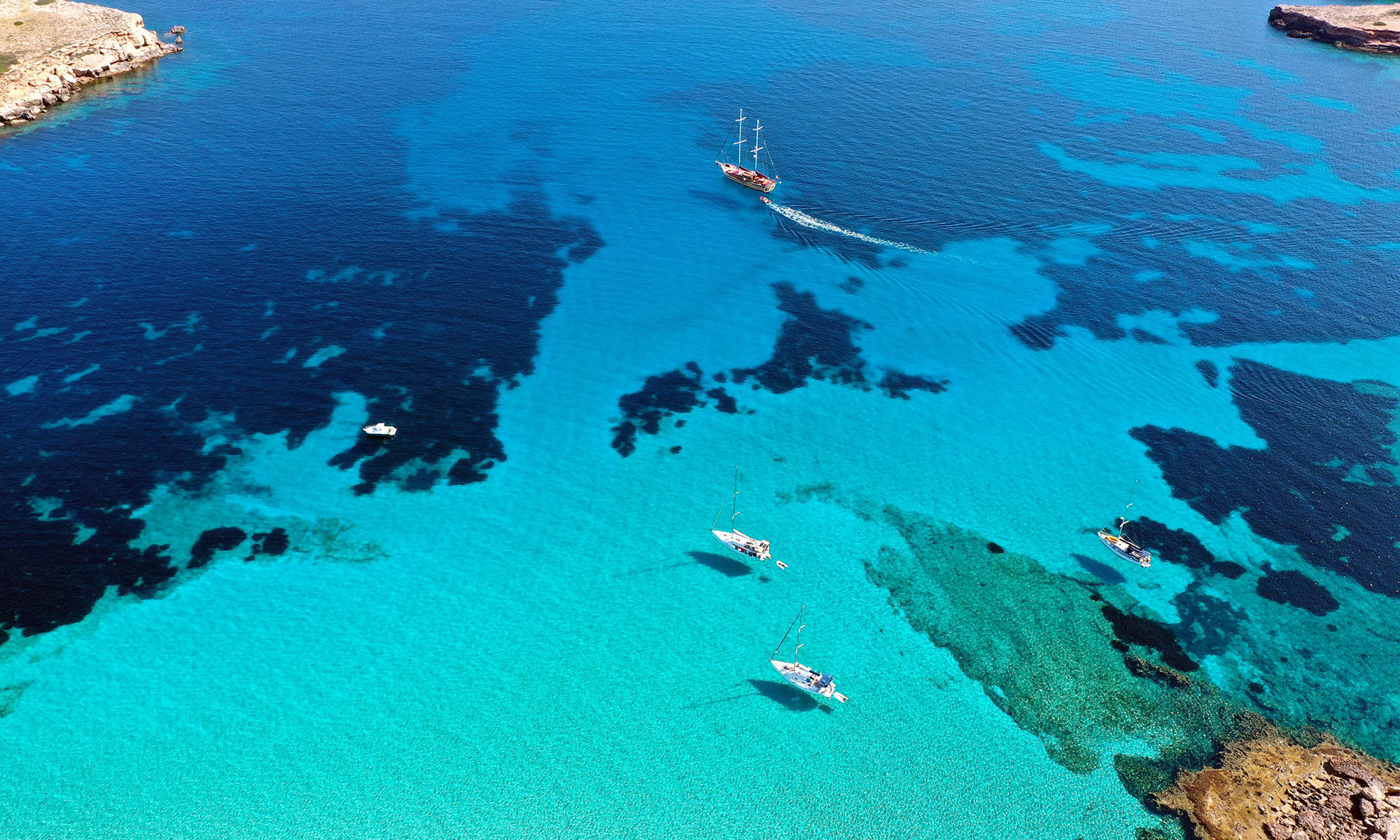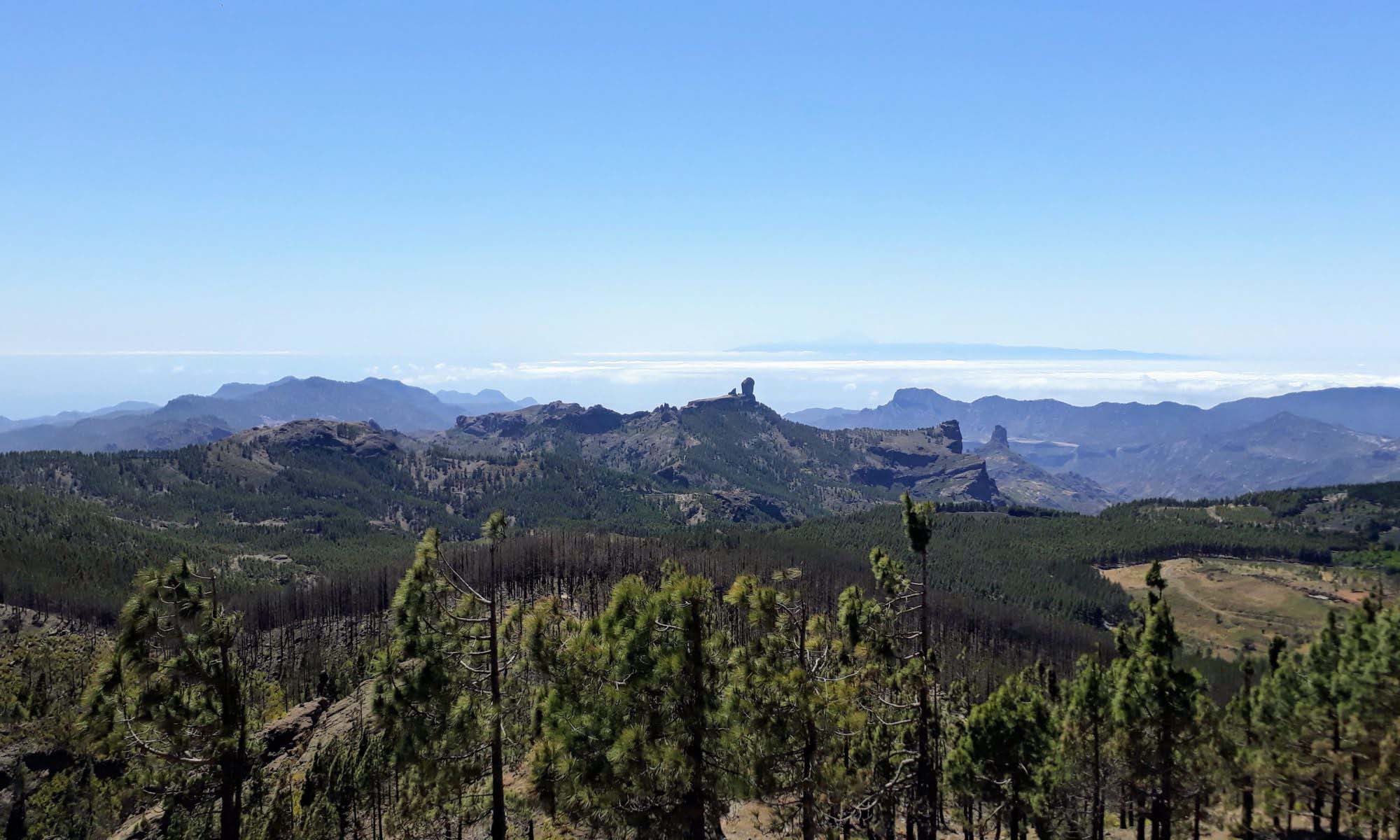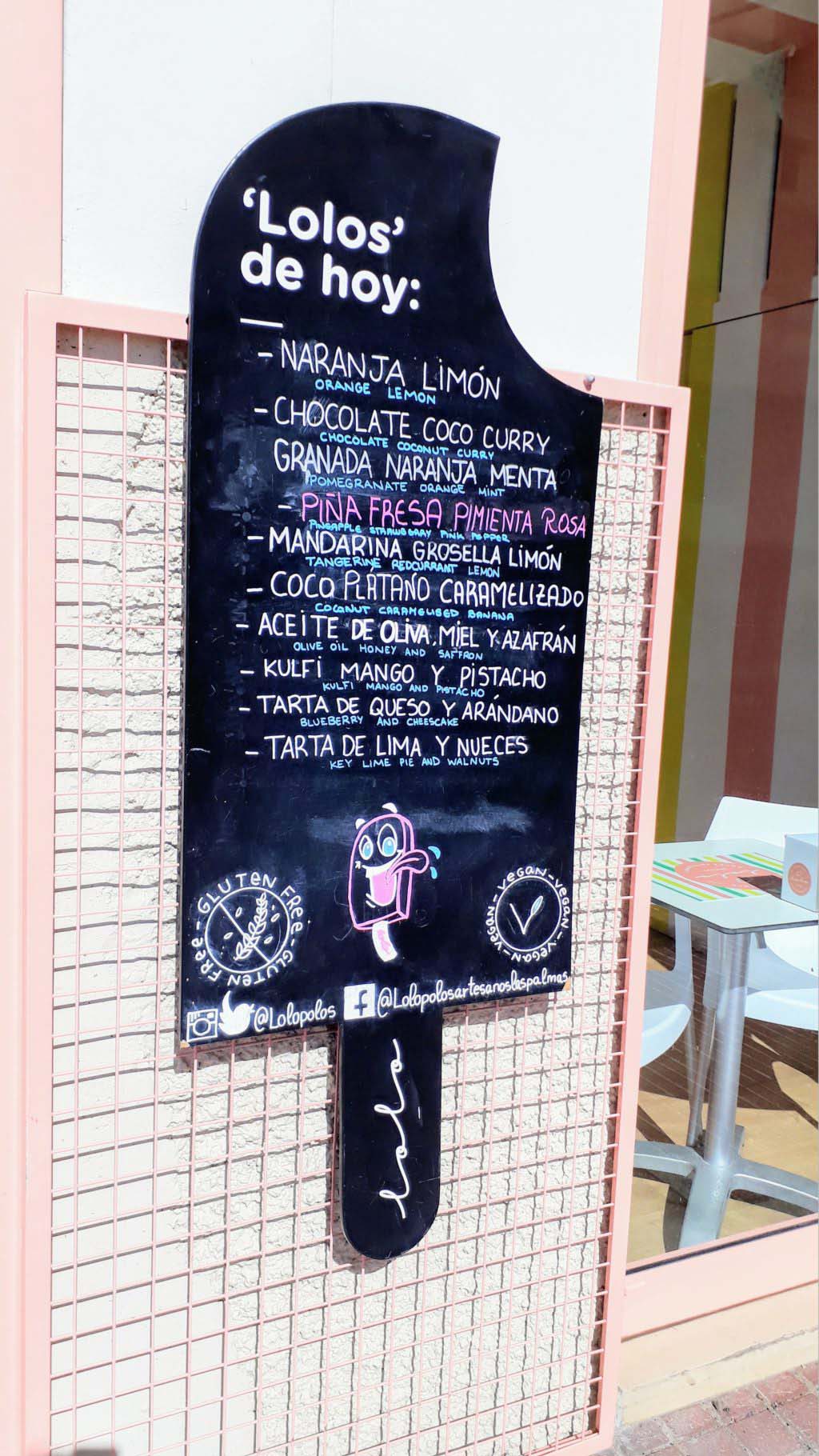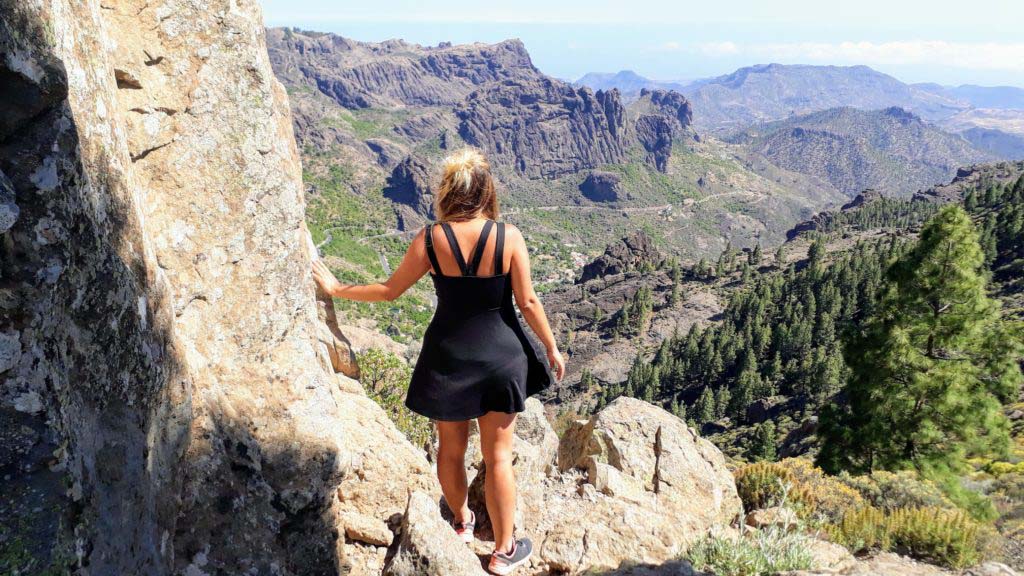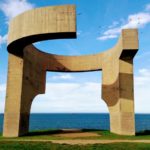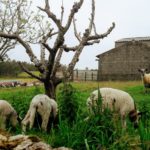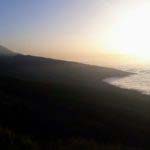Puerto de Mogán
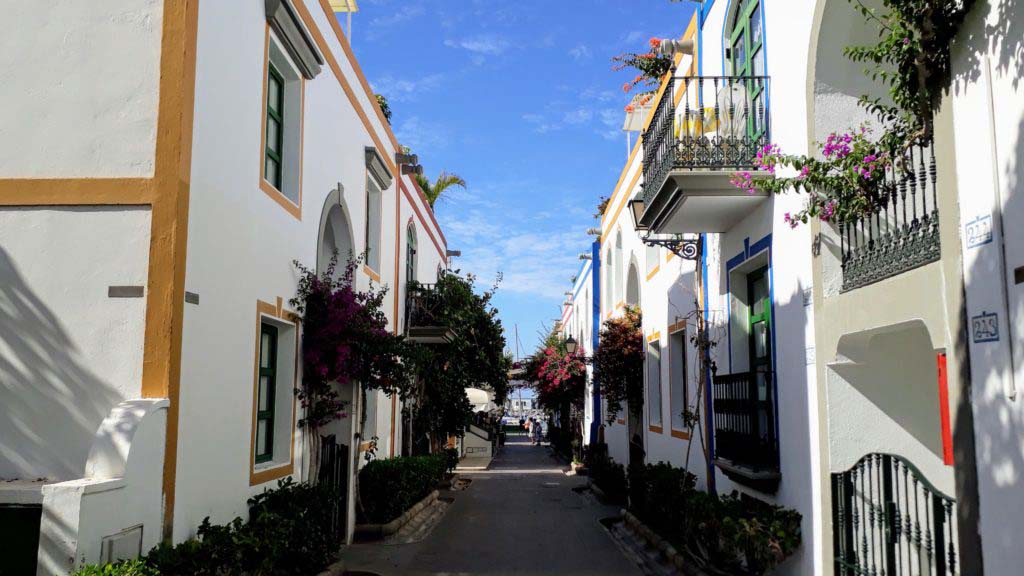
The Venice of the South, as Puerto de Mogán is also called because of the canals from the port into the village and the many small alleys, is also located in the southwest of the island. The settlement goes back to the small port of the village of Mogán located 12 kilometers inland and was built from 1983 to 1988 to a design by Raphael Neville. Today the place is touristically fully developed.
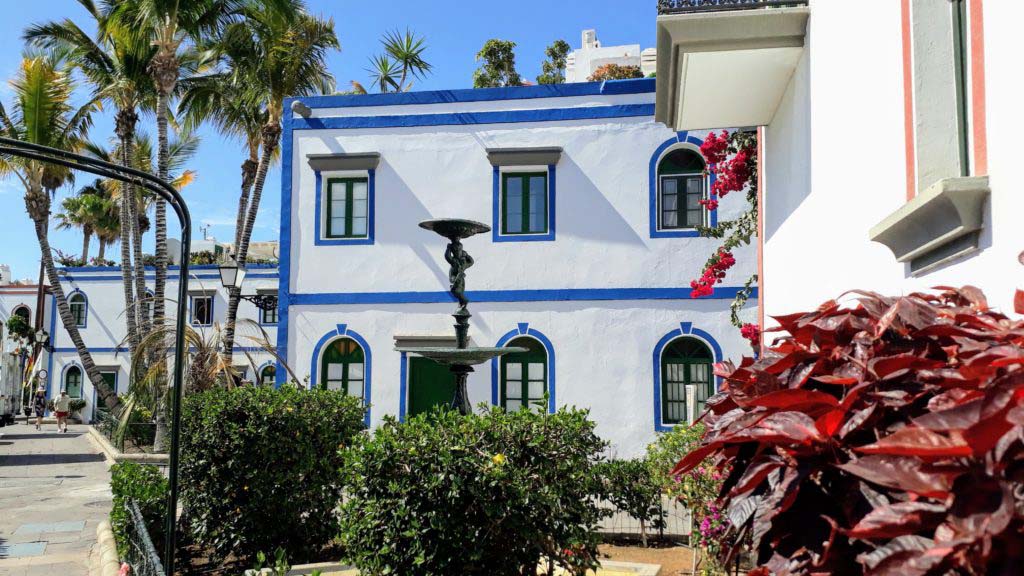
To preserve part of the original charm, postmodern architecture was used. In addition, the government of Gran Canaria has forbidden to build houses that are more than two stories high in Puerto de Mogán. Thus, the former fishing village has been largely preserved in its origin despite tourism and the new part is not immediately apparent as such.
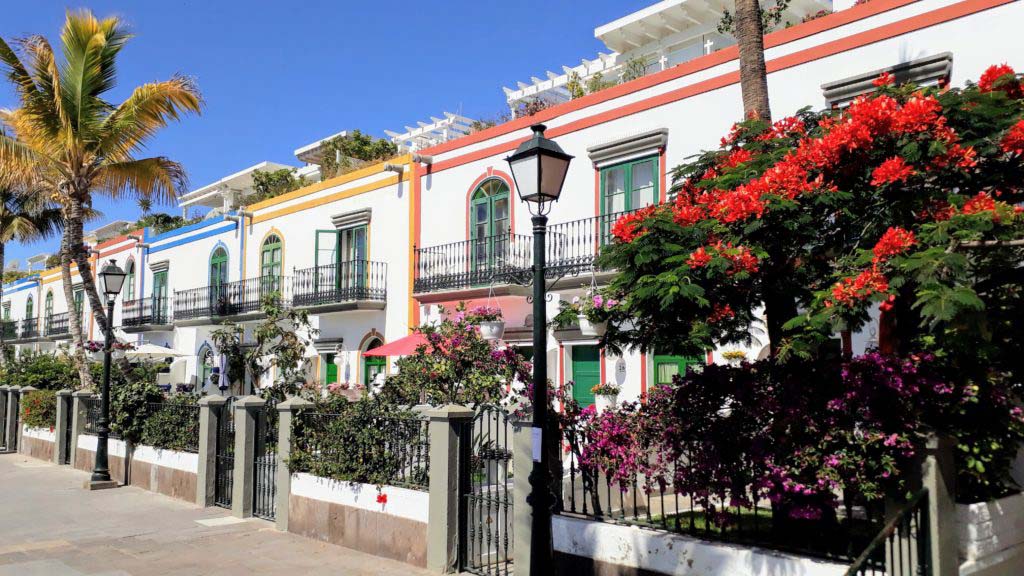
Most of the man-made harbor is occupied by the marina with attached boat repair yard. At the back of the harbor is the fishing port with some smaller fishing boats of the locals. In addition, an artificial beach with discreet hotel facilities was created. The part of the village around the harbor is an apartment complex that belongs to a hotel. Every Friday a weekly market takes place on the street in front of it.


Monk, Frog & Roque Nublo

The 1813 meter high basalt rock Roque Nublo is the landmark of Gran Canaria. The “cloud rock” rises about 65 meters above its surroundings, a relatively flat summit level. Immediately next to him is the much lower “frog rock” Roque Rana. Also the eye-catching “monk” butte El Fraile can be found here.
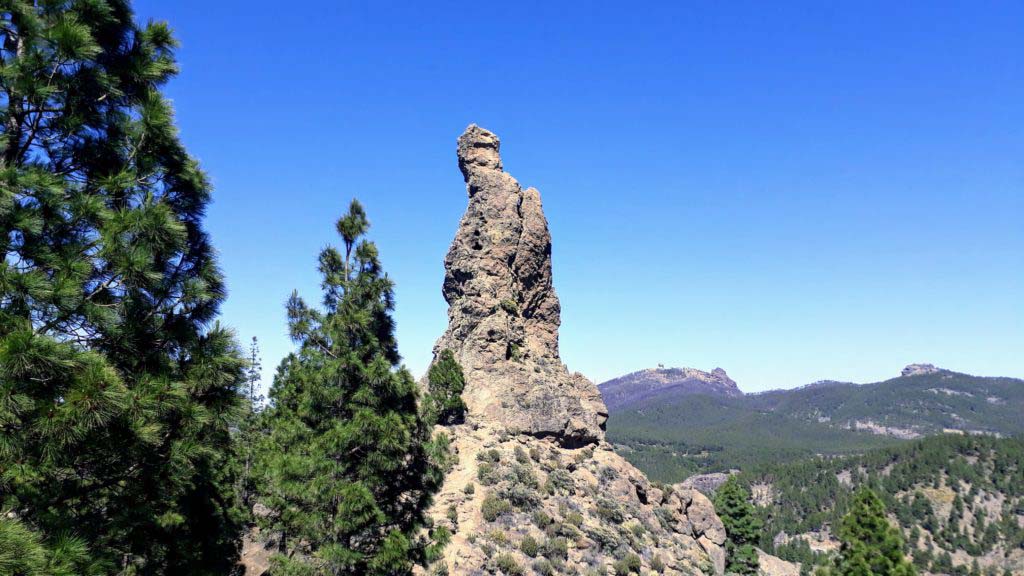
The plateau of the Roque Nublo is a popular hiking destination and easily accessible via well-developed hiking trails. From the southeast on the passing mountain road, which leads here to an altitude of 1581 meters, the ascent to Roque Nublo takes about 30 minutes. From the summit plateau you have a view to Teide on Tenerife. The summit rock of Roque Nublo is reserved for climbers. It is the oldest climbing area of the island, which is accessible through more than ten routes. Also on Roque Rana are about ten routes to find.
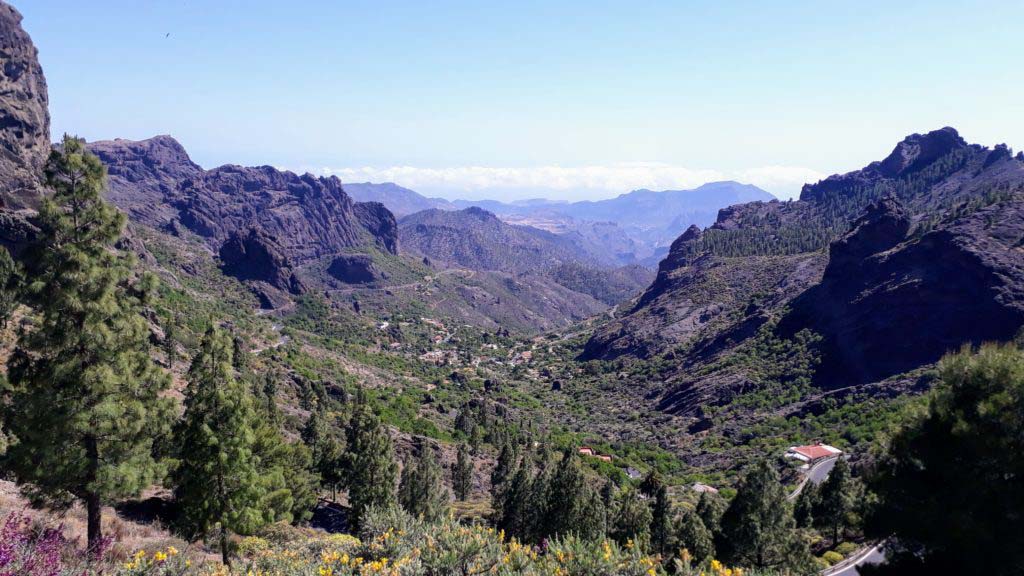

Teror
The town Teror is known for its architecturally diverse mostly wooden balconies on the fronts of the houses. The more magnificent the balconies were, the more wealthy were the families who lived in them. Also the Basilica Nuestra Señora del Pino which was rebuilt in the 18th century after several destructions is worth a visit.
Due to its location in the northern interior of the island, the tourism in Teror is, apart from excursion guests, only weak. The small town with 12,424 inhabitants is still one of the most original places in Gran Canaria.
Firgas

Definitely worth seeing is the Paseo de Gran Canaria in the center of Firgas. The promenade designed by several Spanish artists in 1995 shows in the lower part the 21 municipalities of Gran Canaria, which are presented with elaborate tile art and each with its own ceramic bench. In the upper part are relief models of the seven Canary Islands, which were also decorated with tile art. In addition, a 30-meter-high waterfall plops down the promenade, which is now one of the island’s most popular destinations.
Firgas was already known throughout the island for the springs of the nearby Barranco de La Montaña. Even today, the mineral water of the Agua Minerales de Firgas bottling plant is distributed throughout the Canary Islands.

Vegan on Gran Canaria

There are all kinds of vegan-friendly restaurants throughout the island, as can be seen on HappyCow. But even while passing by, we saw many vegan-marked dishes, without the offering cafes being on HappyCow. Therefore, we advise you to just keep your eyes open. Specific recommendations can be found in the photos.



Accommodations

If you want to swim in the pictured pool directly above the sea, you’ll have to book the Marina Suites Gran Canaria. A cheaper, but no less worthwhile, recommendation is the Cala Blanca by Diamond Resorts, overlooking Puerto de Mogán. The resort is located in Taurito, the neighbor of Puerto de Mogán, and offers fully equipped apartments with large terraces and pool access.
As you have read, Gran Canaria is a very diverse island with many different natural and cultural attractions. From paradisiacal sandy beaches to hiking trails and dreamy villages to magnificent buildings and parties in the city of Las Palmas, the island can offer something for everyone. If you want even more versatility, we can recommend you the neighbor island Tenerife, which fascinated us still a little more. Do you have any more tips? Let us know in the comments. 🙂
Our Canary Islands Guide
